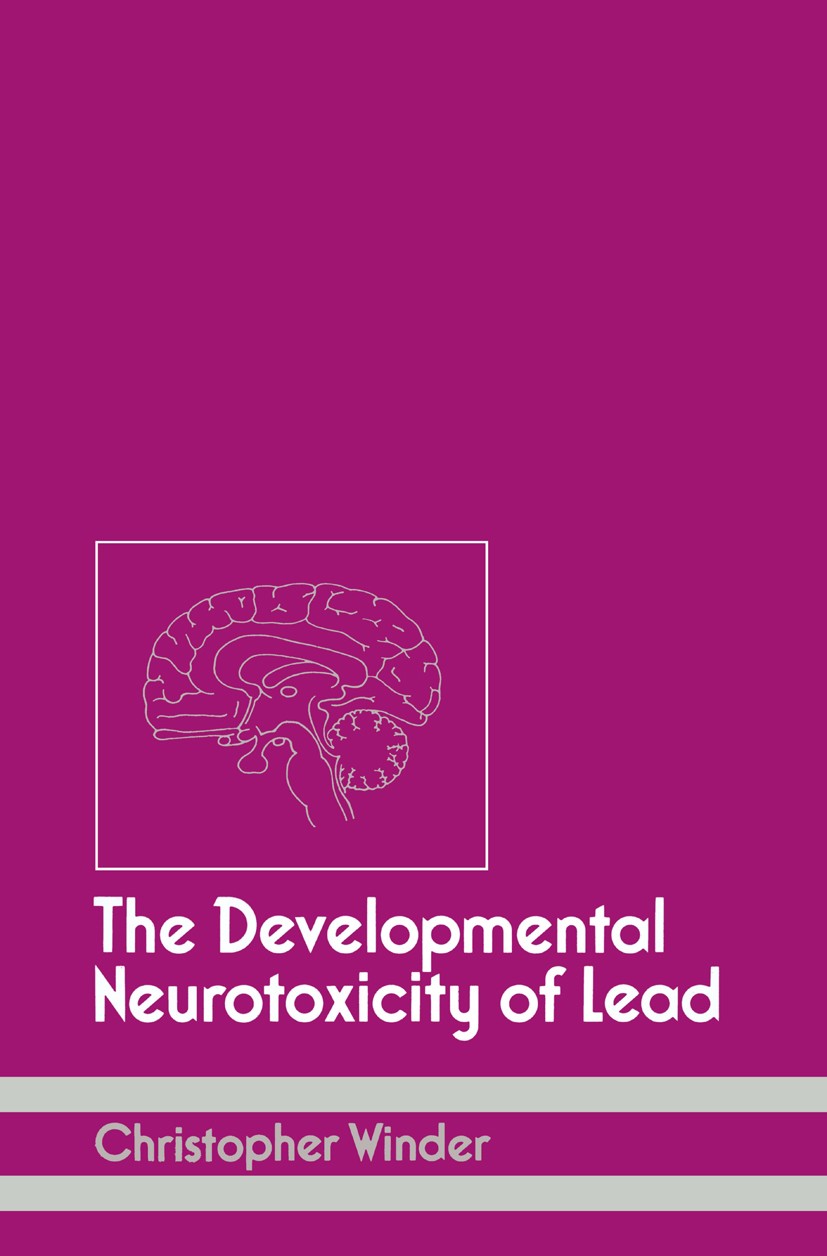| 书目名称 | The Developmental Neurotoxicity of Lead | | 编辑 | Christopher Winder | | 视频video | http://file.papertrans.cn/908/907521/907521.mp4 | | 图书封面 |  | | 描述 | Over the past two millennia environmental lead levels have risen dramatically (Patterson, 1980). Most of this increase has occurred since the beginning of the present century (Murozami et 01. , 1969), and taken into perspective, a typical individual living in the industrialized world sustains a lead burden 500 times that of his prehistoric ancestors (Patterson, 1983). Lead is unique in being an environmental pollutant where the levels deemed clinically toxic are less than an order of magnitude from those that are normally encountered in the population. The clinical limit for lead exposure, 70 JLg Pb/tOO ml blood, is about three times the ‘normal‘ value (in the range 15-30 JLg Pb/100ml blood). This small difference is remarkable from the toxicological standpoint. The key concept here is control of dis persal. The industrial actions of man bring contact with a wide variety of substances, some of which are poisonous or dangerous. In such cases pro tective measures are taken to keep hazardous exposure to a minimum. In the of lead compounds, stringent regulations are production and distribution enforced. The exception to this is in the dispersal of lead from vehicle exhausts following | | 出版日期 | Book 1984 | | 关键词 | behavior; experiment | | 版次 | 1 | | doi | https://doi.org/10.1007/978-94-009-5594-3 | | isbn_softcover | 978-94-010-8966-1 | | isbn_ebook | 978-94-009-5594-3 | | copyright | MTP Press Limited 1984 |
The information of publication is updating

|
|
 |Archiver|手机版|小黑屋|
派博传思国际
( 京公网安备110108008328)
GMT+8, 2025-12-28 17:25
|Archiver|手机版|小黑屋|
派博传思国际
( 京公网安备110108008328)
GMT+8, 2025-12-28 17:25


